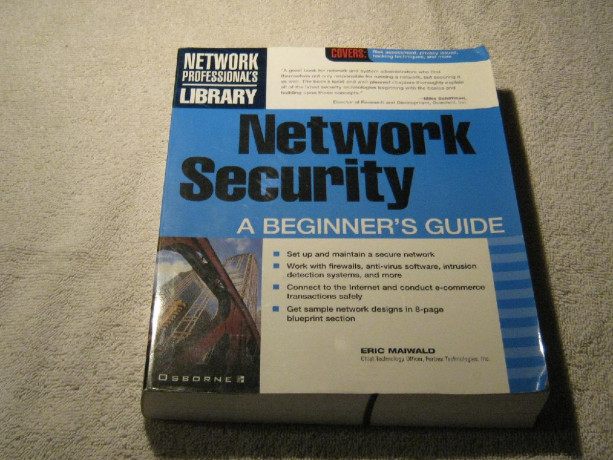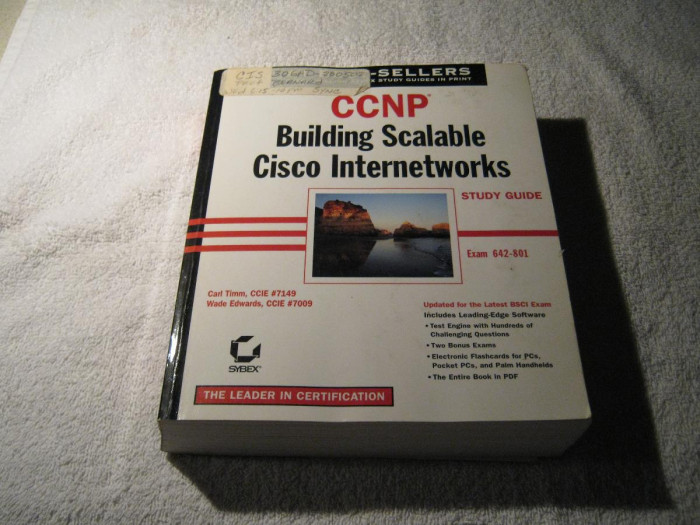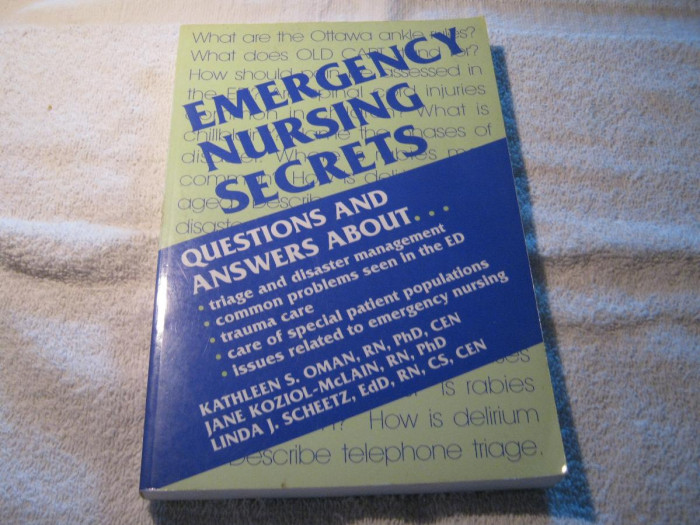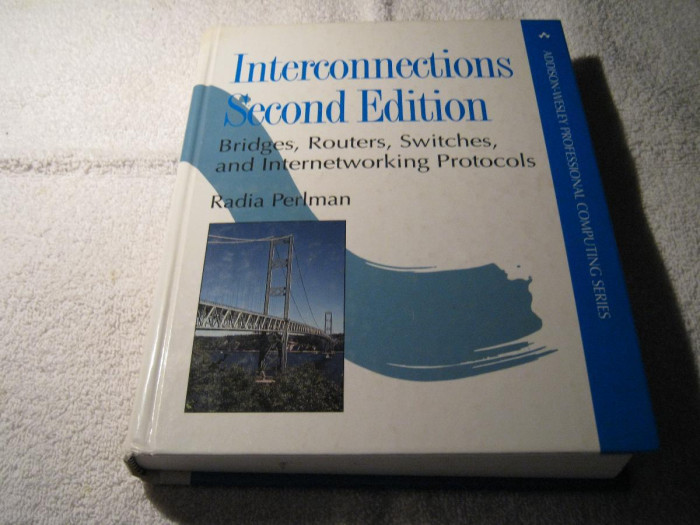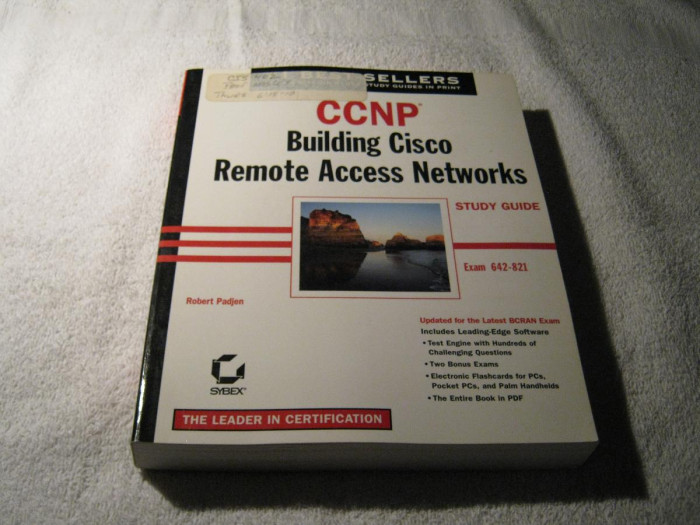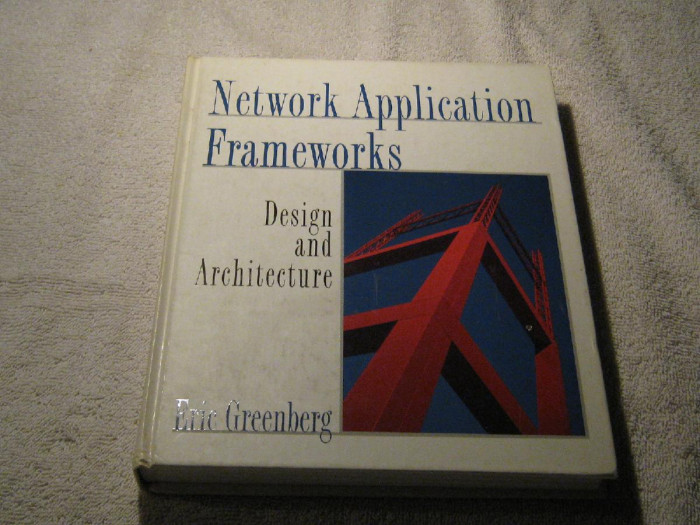Network Security – A Beginners Guide
description
Local pick-up preferred (please call first) but will shop at the buyer’s expense
Kingston - Books 7 – IMG_1232
Author: Eric Maiwald
Publisher: Osborne/McGraw Hill
** _Heavily_** Illustrated
AT A Glance (in brief)
Part I. Information Security Basics
Part II. Ground Work
Part III. Practical Solutions
Part IV. Platform Specific Implementations
Part V. Appendixes
1. The Process Project Plan 2. Unix vs. Windows: Which is More Secure? 3. Resources to learn More About Security 4. Incident Response Procedure Testing Scenarios
Index…..375
Books for beginners fall into two categories: the Dummies or Idiot’s Guide books that treat the reader like an imbecile, and those that treat novices as mature and intelligent. Network Security: A Beginner’s Guide falls into the second category. The reader comes away with a lucid understanding of the fundamentals of network security without being talked down to. Information security managers have a rough job. Although more money is being spent on information systems security, systems are increasingly complex, and complex systems are difficult to protect. This book is a good starting point for network managers and systems administrators who need clear instruction on how to create and run a secure technology infrastructure. As security of information systems increases in importance, it is becoming critical for everyone in the IT department to understand how all the components work. While not every member of manager needs to know how to install and configure firewalls, intrusion detection systems, and e-mail filters, they must nonetheless understand the significance of such technologies. This book covers those issues along with other significant information. Besides security products, the book gets into the nitty-gritty of security architectures, hacking, encryption, and operating systems. It includes a set of blueprints that describe key systems for designing an effective security architecture. The book concludes with the question of whether UNIX of Windows NT is more secure, a topic that has been fodder for countless debates. Avoiding a discussion of the minutiae of each operating system, the author astutely note that the answer to the question is not within the operating system itself but rather with the system administrator. That’s good counsel from a good book. Reviewer: Ben Rothke is a New York-based senior security analyst with Camelot Information Technologies. He is a member of ASIS. (Adams, David _Security Management_ 2001-09-01) All companies rely on some security mechanisms to ensure their corporate privacy and information integrity. In many cases, the ability of the technician to explain a system’s vulnerabilities to managers in order to acquire funding is as important as the technical skills to build the system. This book addresses a wide range of topics, from security basics to policies, practices, and practical solutions. Though intended for network administrators, this also acts as a good primer on security concepts for the lay computer user. A rock-solid resource for all libraries.
Learn network security basics using this practical guide
Create a successful security program--even if you're new to the field of network security--using this practical guidebook. You can now get the technical background you need and have access to the best and most up-to-date security practices--from one resource. You'll learn how to set up and work with firewalls, smart cards, and access controls; develop and manage effective policies and procedures; secure Internet connections; recover from security breaches; prevent hacker attacks, and much more. You'll also gain insight into actual program implementations in different environments--including e-commerce and company intranets--through real-world case studies. Plus, you'll get an 8-page network blueprint section for additional visual details on proper Internet architecture, e-Commerce architecture, intrusion detection, and the information security process. If you're looking for a solid introduction to securing a network, this is the only book you'll need.
* Understand the basic principles of securing information on a network * Find out various methods for improving security--anti-virus software, firewalls, smart cards, intrusion detection, and much more * Learn about different forms of attack and how each is accomplished * Build a security program incorporating recommended technical and administrative practices * Get details on associated legal and privacy issues * Identify and measure risk areas within your organization * Implement a successful network security program step-by-step * Connect to the Internet safely and safeguard e-commerce transactions
Paperback 400 pages ISBN: 0-07-213324-4


